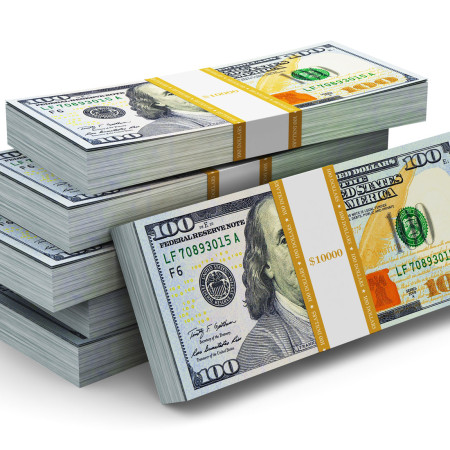Getting paid used to be quite simple: cash or check were the basic forms of payment accepted by small businesses. How times have changed! Improvements in secure communications, new technologies, economic conditions and the competitive landscape have led to tremendous innovation in the most important part of any business transaction: getting paid. Let’s take a closer look at ACH, a cost-effective, innovative payment method.
Getting paid via the ACH network
The Automated Clearing House (“ACH”) is an electronic network for processing financial transactions. According to NACHA, the electronic payments association responsible for the development, administration, and governance of the ACH network, over 11,000 financial institutions participate in the ACH. Last year, 18.76 billion payments were processed via ACH. During the second quarter of 2010 alone, more than $8 trillion in transactions were processed via ACH.
Most businesses that currently use ACH do so for payroll purposes. ACH processes direct deposits of employee compensation. Businesses, however, can also use ACH as a cost effective method to get paid by consumers and other businesses via the “Direct Payment” program. Direct Payment transfers money directly from the payee’s checking or savings account to your company’s bank account. This is ideal for subscription-based or other recurring payments. It is also cheaper than processing paper checks and other payment forms.
ACH Direct Payment costs
There are four costs associated with ACH Direct Payment:
1. Setup costs – One of the reasons why ACH is cost effective is because the transactions are processed in batches. This reduces processing costs. But it also means your company will need to produce a special electronic file, known as an “ACH-formatted” file and deliver it to your bank. Banks charge a fee for this.
2. File transmission costs – The cost of sending the ACH-formatted file to your bank.
3. Transaction fees – This is the fee for each transaction included in the ACH-formatted file. Discounts are usually offered as volume increases.
4. Returns – If the ACH transaction cannot be processed because of insufficient funds in the customer’s account, the closing of the account or if the consumer disputes the charge. Your bank will charge a fee for this.
These costs vary by financial institution and it may pay to comparison shop. Phoenix-Hecht publishes a report which analyzes bank charges for different transactions, including ACH Direct Payment, called the Blue Book of Bank Prices. They also offer an optional web-based pricing calculator to determine what your company’s actual costs would be based on the volume and nature of your transactions. The report is not cheap, but if your business has a high volume of customer payments, it may be worth the investment to purchase the Blue Book.
Accepting ACH payments
The process is initiated with your company’s financial institution. They can walk you through the steps of accepting ACH Direct Payments which are:
1. Setup and testing
Customers provide their bank account information and authorize your company to debit payments from their account. Sample authorization forms are available here. Once authorized, your company performs a test transaction where no money is exchanged to confirm that the information is correct.
2. Notification
For recurring payments, if the amount or timing of the Direct Payment varies, the customer needs to be notified. If the amount varies, the customer must be notified 10 days in advance. If the timing varies (different day of the month for example) or if it is not specified, then 7 days’ notice is required.
Go to the article: ACH: How Booming Businesses Get Paid
